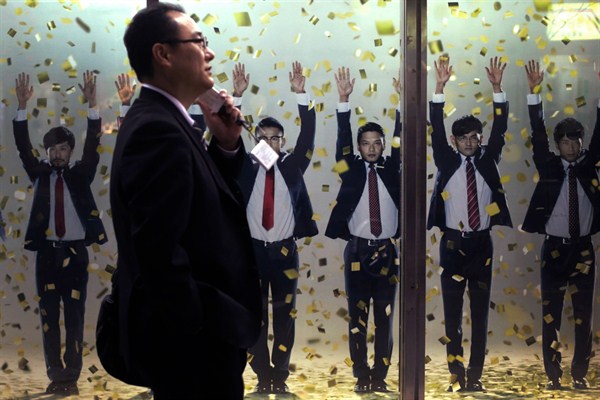Editor’s note: This article is part of an ongoing WPR series about workers’ rights in various countries around the world.
With an aging population and an extremely low birthrate, Japan is facing its most acute labor shortage in more than 40 years. But it has also come to rely increasingly on a “nonregular” labor force, such as part-time and temporary workers from staffing agencies, who are easier to hire and fire and paid less. This has meant poorer working conditions for most Japanese workers, including for full-time employees who are working longer hours. In an email interview, Hiro Watanabe, a lecturer in Japanese studies at Sheffield University in the United Kingdom, discusses the state of working conditions in Japan, why nonregular workers are becoming more of a target for labor unions, and how the government is looking to address labor issues while keeping the economy growing.
WPR: How would you describe working conditions in Japan, and how have they changed over time?

